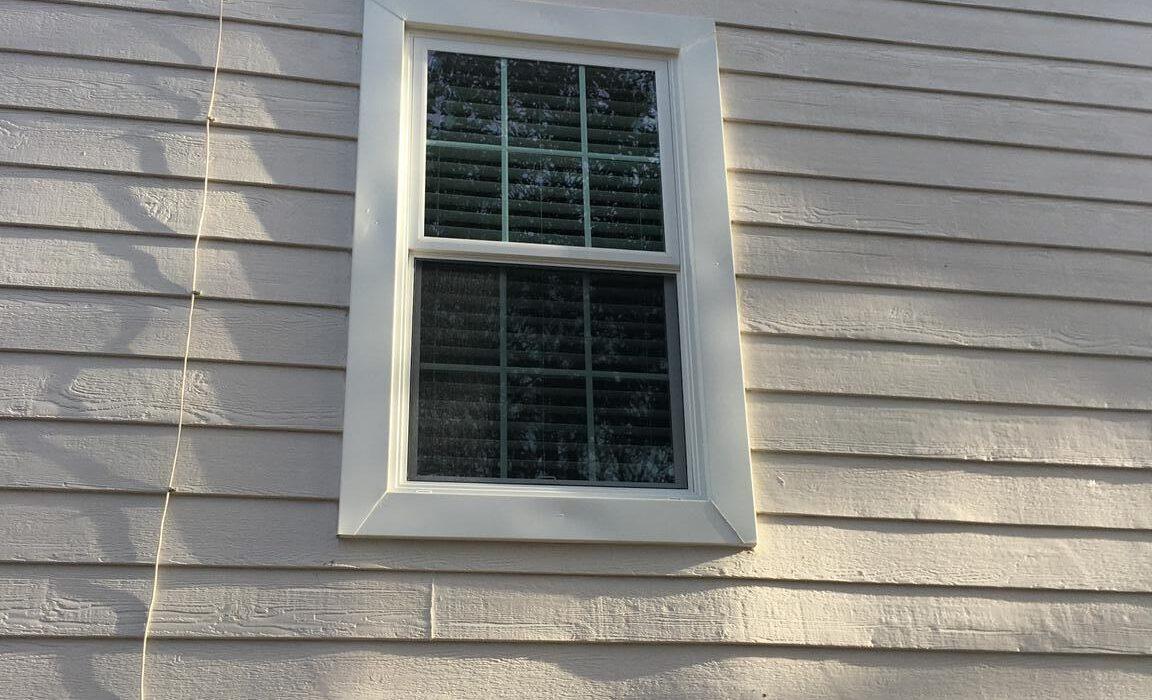
Discover the causes and solutions to warping and buckling in siding, ensuring a long-lasting and visually appealing exterior for your home.
Understanding The Causes Of Siding Warping And Buckling
Warping and buckling of siding can result from various factors, including environmental conditions, improper installation, and material quality. Extreme weather conditions, such as intense heat, heavy rainfall, or fluctuating temperatures, can cause siding to expand and contract, leading to deformation over time.
Additionally, poor installation techniques, such as inadequate fastening or insufficient space for expansion, can exacerbate the problem. Using low-quality materials that lack durability and resistance to weather conditions can also contribute to siding issues.
Signs That Your Siding Needs Attention
Regular inspection of your home’s exterior can help you identify early signs of siding problems. Look for visible warping or buckling, gaps between the siding boards, and any areas where the siding appears to be pulling away from the house. Discoloration, mold, or mildew growth can also indicate underlying moisture problems that may lead to further damage.
Other signs include increased energy bills, as compromised siding can reduce your home’s insulation efficiency, and the presence of pests, which can enter through gaps and cracks in damaged siding.
Preventive Measures To Avoid Siding Deformation
Preventing siding warping and buckling starts with proper installation. Ensure that your siding contractor follows manufacturer guidelines for installation, including allowing adequate space for expansion and contraction. Use high-quality fasteners and ensure that the siding is securely attached to the house.
Regular maintenance is also crucial. Clean your siding periodically to remove dirt and debris, and inspect it for damage after severe weather events. Address any issues promptly to prevent them from worsening. Additionally, consider applying a protective sealant to enhance the siding’s resistance to moisture and environmental factors.
Repair And Replacement Options For Damaged Siding
When siding is damaged, you have several options for repair or replacement. For minor warping or buckling, you might be able to fix the issue by reattaching or adjusting the affected panels. In cases of more severe damage, partial replacement of the damaged sections may be necessary.
If the siding is extensively compromised, it might be more cost-effective to replace the entire siding. When opting for replacement, choose materials that offer better resistance to warping and buckling, and ensure that the installation is done correctly to prevent future problems.
Choosing The Best Materials To Resist Warping And Buckling
Selecting the right materials is vital to preventing warping and buckling. Fiber cement siding is known for its durability and resistance to weather conditions, making it an excellent choice. Vinyl siding is another popular option due to its flexibility and ability to withstand expansion and contraction.
Engineered wood siding offers the aesthetic appeal of natural wood without the susceptibility to moisture damage. Metal siding, such as aluminum or steel, is also highly resistant to warping and buckling. When choosing siding materials, consider the specific climate conditions in your area and opt for products that are designed to perform well under those circumstances.

